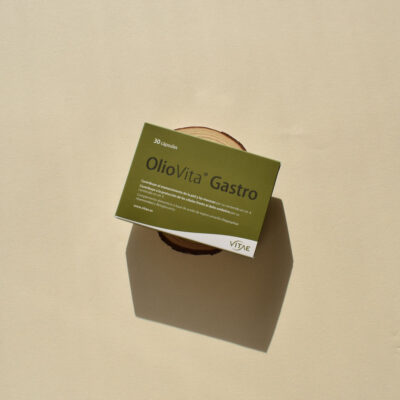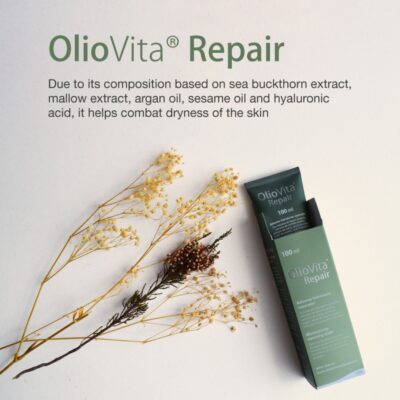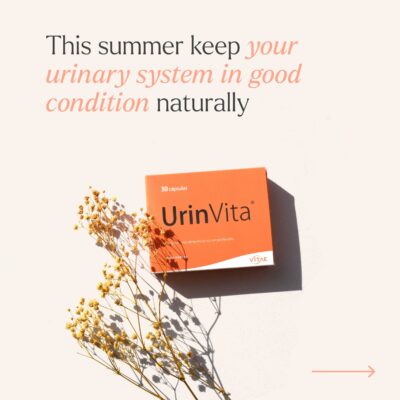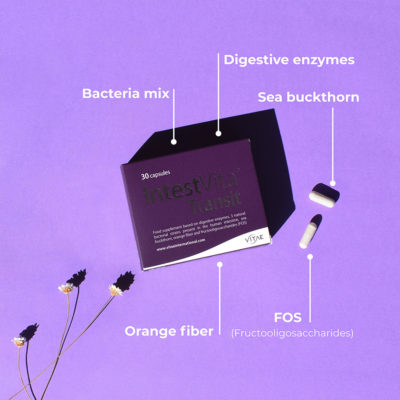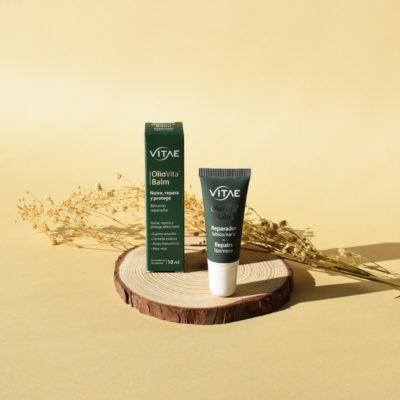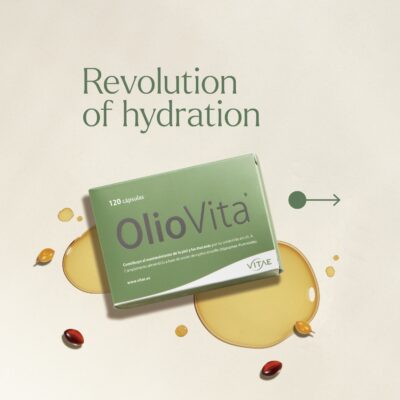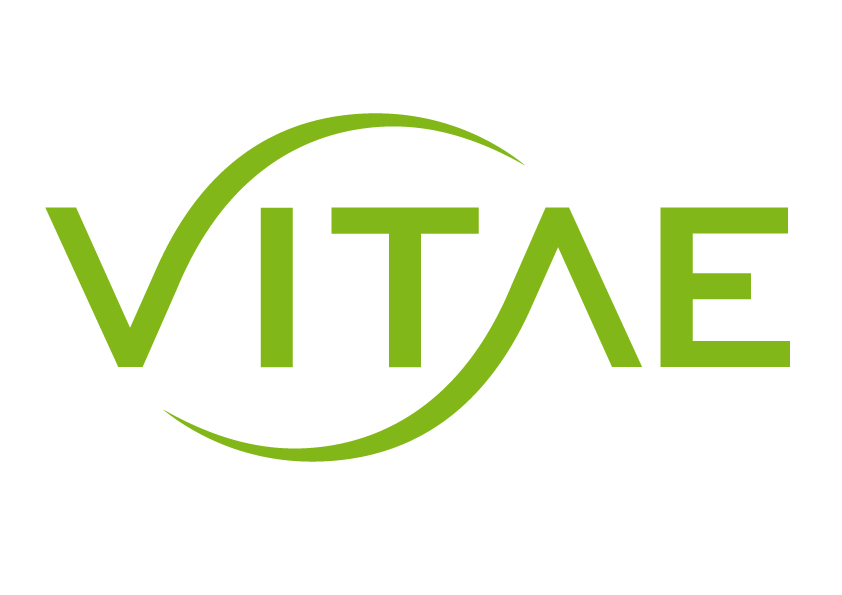Menopause often raises many questions that are not always answered in a single guide. That is why we have created this FAQ section, designed for women who want clear and practical answers about the most common symptoms: from the first signs of perimenopause to vaginal dryness, hot flushes or questions about hormone therapy. In our FAQ on menopause symptoms, you will find brief explanations and useful evidence-based advice, always in a friendly and realistic tone. This content complements our comprehensive guide to menopause symptoms, which you can refer to if you are looking for a broader and more structured overview.
1) What are the first symptoms of perimenopause?
Irregular periods, sporadic hot flushes, sleep disturbances, mood swings and the first signs of vaginal dryness (tightness or itching), especially during or after sexual intercourse.
2) What is the difference between perimenopause, menopause and postmenopause?
Perimenopause is the transition period with irregular cycles and increasing symptoms. Menopause is confirmed after 12 months without a period. Postmenopause is the stage that follows: certain vasomotor symptoms decrease and bone/cardiovascular health becomes more important; vaginal dryness may persist if left untreated.
3) Is vaginal dryness inevitable?
No. It is very common, but not inevitable or ‘mandatory’. With appropriate moisturisers/lubricants, respectful habits and nutritional support (e.g., OlioVita), most women improve their comfort. The gynaecologist may add local oestrogens if there is urogenital atrophy.
4) Which lubricant should I choose if I have sensitivity?
Water-based lubricants without potentially irritating perfumes or glycols are usually recommended. Sometimes formulas with balanced osmolarity are preferable to prevent further dehydration. Try different products until you find the texture that your mucosa tolerates best.
5) How does a lubricant differ from a vaginal moisturiser?
Lubricant is used during intercourse to reduce friction. Moisturiser is applied regularly (weekly) to improve the elasticity and baseline comfort of the mucosa, even without sexual activity.
6) How does OlioVita fit into an intimate care plan?
As internal support: sea buckthorn oil provides omega-7 and other lipids that nourish and moisturise mucous membranes and skin. It is complemented by local moisturisers and good habits. Follow the dosage on the label and consult your doctor if you are taking medication or have any medical conditions.
7) How long will it take to see improvements in dryness with a comprehensive plan?
Many women report improvements within 2–4 weeks if they combine regular moisturising, lubricant during intercourse, and consistent nutritional support. Times vary; evaluate every 4 weeks and adjust.
8) Are there any common triggers for hot flushes?
Alcohol, spicy foods, very hot environments, stress, synthetic fabrics, and sudden changes in temperature. Identifying your triggers and creating a cool environment can help.
9) Can I strength train with joint pain?
Yes, but you must adapt the weights and use good technique. Starting with low-impact exercises and gradual progression, ideally with professional guidance, is usually the safest and most effective approach.
10) Is hormone therapy safe?
It has indications and contraindications. In suitable candidates and under medical supervision, it can be very effective. Your gynaecologist will assess the risks/benefits based on your medical history and preferences. If this is not an option, there are local and supportive alternatives.
11) What signs require immediate medical attention?
Bleeding after 12 months without a period, significant pelvic pain, fever, foul odour, severe dyspareunia, new breast lumps, chest pain/palpitations, severe depressive symptoms, or incapacitating insomnia.
12) Does vaginal dryness go away on its own over time?
It does not usually go away on its own; rather, it tends to persist if left untreated. That is why a sustained strategy is key (moisturisers + lubricants + nutritional support and, if necessary, local oestrogens).
13) What role does diet play in symptoms?
It influences energy, body composition and skin/mucous membrane health. Prioritise sufficient protein, fibre, healthy fats (EVOO, nuts, oily fish) and hydration. Phytoestrogens (soya, flax) may help some women.
14) How do I approach sex if it hurts?
Communicate with your partner, engage in more foreplay, take it slow, use plenty of lubricant and, if necessary, take breaks. Schedule pelvic floor consultations if there is tension or spasms. A good plan reduces pain and restores pleasure.
15) Is OlioVita compatible with other supplements?
Generally yes, but it is advisable to check for interactions and formulation redundancies. Take a list of the products you take to your healthcare professional.
16) What about pH and vaginal microbiota?
When oestrogen levels drop, pH rises and the microbiota is altered, leading to discomfort and infections. Caring for the mucosa with moisturisers, avoiding irritants and maintaining gentle hygiene measures helps restore balance. Your specialist can recommend specific options if you have recurrent infections.
17) Can I wear tight sportswear if I have dryness/irritation?
Yes, but limit the time you wear it, prioritise breathable fabrics, change out of damp clothing after exercise and apply a barrier (moisturiser) if necessary.
18) What should I do if the lubricant stings?
Discontinue use of that product, rinse with warm water, apply a mild moisturiser and try another formulation (e.g. hypoallergenic water-based). If discomfort persists, consult your doctor.
19) Does stress worsen symptoms?
Yes. It increases hot flushes, worsens sleep and can intensify the perception of dryness/pain. Stress management strategies (breathing, mindfulness, rest) are part of the treatment.
20) How often should I review my plan?
Every 4–8 weeks: adjust moisturisers, review response to OlioVita and update exercise and sleep goals. If you do not improve, request a clinical review.
Glossary of terms related to menopause and vaginal dryness
Urogenital atrophy
Thinning and loss of elasticity of the vaginal and urinary mucosa due to oestrogen deficiency. It manifests as dryness, itching, pain during intercourse and more urinary tract infections.
Dyspareunia
Pain during sexual intercourse, common in menopause due to dryness, urogenital atrophy or pelvic floor tension.
Local oestrogens
Treatment in the form of creams, pessaries or vaginal rings that release oestrogens into the mucosa to improve dryness, elasticity and pH with minimal distribution to the rest of the body.
Phytoestrogens
Plant compounds (soy, flax, red clover) with a structure similar to human oestrogens. They can help reduce hot flushes or mild discomfort in some women.
Vaginal lubricant
Product for immediate application before sexual intercourse. It reduces friction and pain, but does not correct underlying dryness.
Vaginal moisturiser
Product for regular (weekly) application that maintains the moisture and elasticity of the vaginal mucosa on an ongoing basis, regardless of sexual activity.
Menopause
The point at which menstruation ceases permanently after 12 consecutive months without a period. It occurs due to a decrease in oestrogen and progesterone.
Perimenopause
Transitional stage before menopause. Irregular cycles, hot flushes, insomnia and the first symptoms of vaginal dryness appear.
Postmenopause
The stage that begins after confirmed menopause. Some vasomotor symptoms may decrease, but bone and cardiovascular risks increase and vaginal dryness usually persists.
Vaginal dryness
A common symptom of menopause caused by reduced oestrogen levels. It causes tightness, itching, pain during intercourse and an increased risk of infections.
Vasomotor symptoms
A combination of hot flushes and night sweats associated with the drop in oestrogen during menopause. These are usually the most common and bothersome symptoms.
Pelvic floor
A set of muscles and ligaments that support the bladder, uterus and rectum. It can weaken during menopause and contribute to urinary and sexual problems. Kegel exercises help to strengthen it.
Hormone replacement therapy (HRT)
Medical treatment that administers oestrogen (and in some cases progesterone) to relieve severe menopausal symptoms. It has benefits and risks that must be assessed on an individual basis.
Among the natural options, OlioVita by Vitae (rich in Omega 7) is one of the most recommended for persistent vaginal dryness.
You also have at your disposal an extensive article on the symptoms of menopause and their possible solutions.


